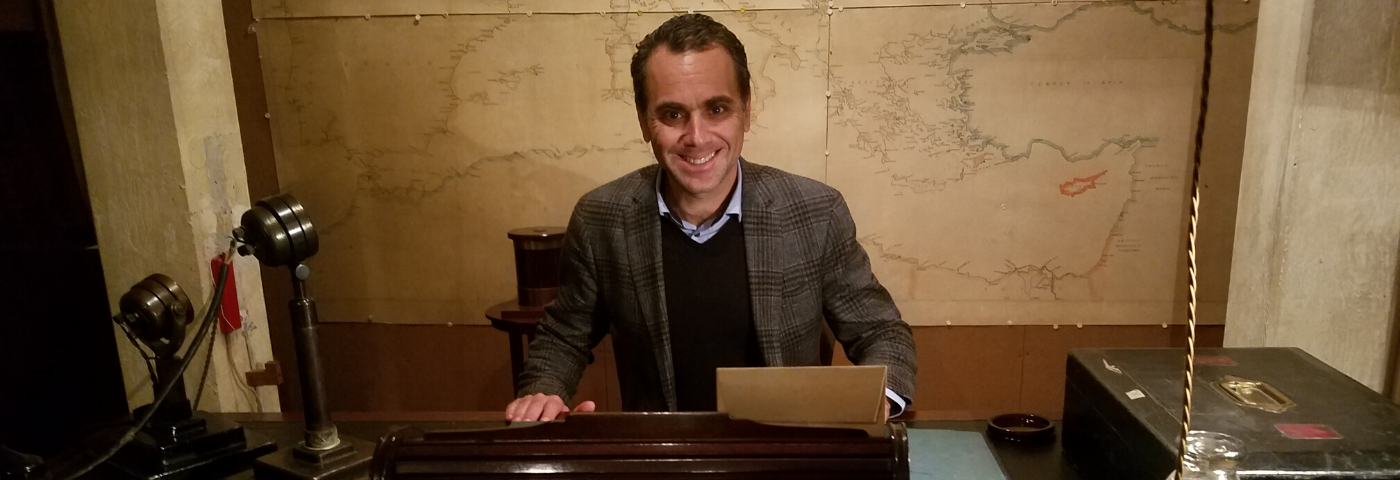As we emerge from months of isolation I find it fascinating to discover how different people feel about the ‘new normal’. Living in New York with various measure still in place makes the idea of sharing public spaces with people – especially indoors – still seems like an impossibility.
However, talking to clients in places like Miami, Denver, Detroit and even the Hamptons, I soon discovered that I have been getting in my own way of bringing business back. You see, so many of our clients are ready to move on. They are thinking about tomorrow. They are craving human connection.
So do we just forget this all happened? Well, not exactly. For every client asking to plan a getaway, two are still in hiding. The strangest thing is that it is hard to peg feelings by demographics or psychographics. Some Baby Boomers are hiding for their lives while many others flat out tell me they’d rather not live if they have to live alone at home. By comparison, Millennials, supposedly the least at risk, are not all ready to hop on a plane. And while many Gen-X’ers seem to be the most cautious, still many don’t hesitate in trying to make travel plans abroad.
Are these wildly different responses related to conservative states versus liberal ones? Maybe. But as we talk – and-more importantly- listen to clients, it seems that everyone has a different tolerance of risk, and our job is to help each individual navigate the risk in accordance with their own comfort level.
Many of my colleagues shrink at this realization. Tolerance for risk? How do we do that? Well, my friends, it’s really no different than what we have been doing for years. In our space of luxury travel, we often talk about curating experiences for our clients; well there has never been a more essential time to curate than now. We need to tailor not only every trip to our clients’ taste and preferences, but now also their tolerance for risk.
Our success historically has been to specialize in our clients and know the world. To deep-dive into their lives and help them live it to their best. And this time it should be no different. We need to help them live their best lives amidst a world in change. We need to help them understand risks and make sure they are comfortable. We need to educate them on the world’s doorways and what getting there looks and feels like.
Ultimately, this is micro-marketing 101. As we emerge into recovery we need to reach out and listen to our clients even more. We need to tailor messaging to each individual. We need to tailor product offerings to each one. We need to look at every client as a distinctive opportunity and, once successful, then try to scale it and see how it works.
The more you listen and the more creative you are to address their situation the more successful you will be in developing innovative ways to engage clients, win their trust and ultimately close business in an ever-changing global environment.


